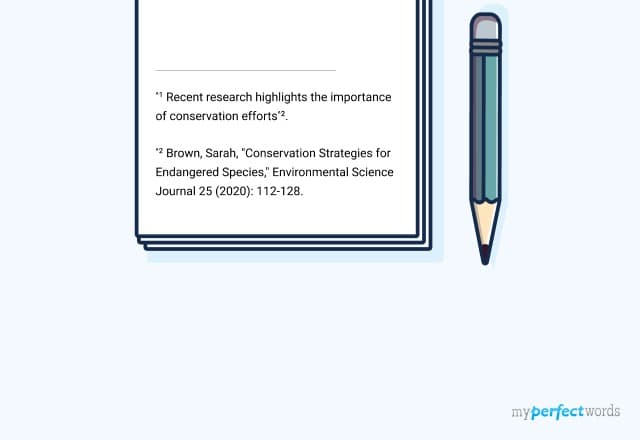

As a political science student writing an academic paper, you may have been instructed to cite your sources in the APSA style.
The APSA format is used for formatting and citing sources specifically in political science writing. As it’s not widely used, its guidelines and rules are not well-known by students.
So what are the rules and requirements of this format?
In this guide, you will get a comprehensive understanding of the APSA format. You will get to learn the rules and see examples of how to cite books, journal articles, and other sources in APSA.
Let’s dive in!
On This Page![]()
- 1. What Is the APSA Citation Style?
- 2. How Do I Format APSA Style Paper?
- 3. APSA Style Paper Example
What Is the APSA Citation Style?
Developed by the American Political Science Association, the APSA format is a set of formatting and citation guidelines.
It is one of the citation styles designed for a specific discipline - that is, political science. Even though some political science departments and journals recommend other styles including APA, Chicago, and Harvard, the APSA is still popular across the discipline.
APSA format is a variation of the Chicago style manual, with a few rules customized for the specific needs of the political science disciplines. The APSA’s revised 2018 edition is based on the 17th Chicago Manual of Style with a few changes.
It is different from Chicago in that it only uses the author-date format of in-text citations, while Chicago also offers the note-bibliography variation.
Let’s get into the specific rules and guidelines of the APSA format.
How Do I Format APSA Style Paper?
Here are the general page formatting rules for APSA:
- Easy-to-read font style, i.e., Times New Roman
- 12-pt size font size
- 1-inch margins on all sides
- Left-aligned text
- Double-spacing between lines
By following these basic rules in your document, you can set up an APSA-compliant paper. These page set-up guidelines are common with Chicago and other styles and are not unique to APSA.
Moreover, the layout of the APSA-style paper includes the following sections:
- Title Page & Abstract
- The main body of the paper
- In-text citations
- The list of references
These sections cover the important parts of all kinds of academic writing, including paper information, the main text, and citations and references.
How to Make a Title Page in APSA Style?
The title page mentions and displays essential information about the paper. It includes information like the full name of the student, the title of the paper, the name of the subject, and the deadline of the paper.
To make a title page in APSA style, you need to follow these steps:
- Use a standard font like Times New Roman, 12 pt, and set one-inch margins on all sides of the page.
- Place the title of your paper in the center of the page, about one-third of the way down. Capitalize the first letter of each word in the title, except for articles, prepositions, and conjunctions. If your title has a subtitle, separate it from the main title with a colon.
- Next, type your name and your institutional affiliation several lines below the title. If you have multiple authors or affiliations, list them on separate lines.
- On the next line, type the name and number of the course for which you are writing the paper.
- On the next line, type the name of your instructor or supervisor.
- On the next line, type the date of submission in month-day-year format.
- Do not include a running head or a page number on the title page.
Here is an example of a title page in APSA style:
How to Write In-Text Citations in APSA Format?
In-text citations are used to acknowledge the sources of information, ideas, or quotations that you have used in your paper. They are important for avoiding plagiarism and giving credit to the original authors.
APSA uses parenthetical citations with the author-date format. That is, you cite a source with the author’s last name and the year of publication within parentheses right after the source is mentioned.
For example,
In a recent study of reaction times (Walker 2000)...
Here are more guidelines for APSA in-text citations with examples:
- If you mention the author's name in your text, you only need to add the year of publication in parentheses after the name. For example:
Walker (2000) compared reaction times...
- If you use a direct quote from a source, you need to add the page number where you found the quote after the year of publication, separated by a comma. Use quotation marks around the quote and place the citation after the closing quotation mark. For example:
According to Jones (1998), “Students often had difficulty using APSA style” (199)
- If you paraphrase or summarize an idea from a source, you do not need to add the page number, unless it is required by your instructor or publisher. However, it is good practice to provide the page number if available. For instance:
She stated, “Students often had difficulty using APSA style.” (Jones 1998, 199)
- If you cite more than one source in the same parentheses, separate them by semicolons and list them alphabetically by the author's last name. For example:
(Johnson 2015; Smith 2010; Walker 2000)
- When citing a source that has no author, use the title or a shortened version of it instead of the name. Use quotation marks for article or chapter titles and italicize book or website titles. For example:
("APSA Citation Style" 2023) or (APSA 2023)
- If you cite a source that has no date, use n.d. instead of the year. Here’s an example of how it looks like:
(Jones n.d.)
- If you cite a source that has four or more authors, use et al. after the first author's name. Here’s an example:
(Smith et al. 2010)
How to Create References in APSA Style?
The references list page contains detailed information on the sources an author has used in their paper. To create references in APSA style, you need to follow these steps:
- Start a new page at the end of your paper and title it "References".
- List all the sources that you have cited in your paper in alphabetical order by the author's last name. If a source has no author, use the title instead.
- Use a hanging indent for each entry, which means that the first line of each entry is flush with the left margin, and the subsequent lines are indented by half an inch.
Now let’s take a look at the formatting of references. Different types of sources are formatted differently.
Here’s a list of sources with their reference formats and examples in APSA.
Print Books with One Author:
Format: Author. Year. Title. Place of Publication: Publisher.
Example:
Gates, Robert M. 1997. From the Shadows: the Ultimate Insider's Story of Five Presidents and How They Won the Cold War. New York: Touchstone.
Print Books with Two Authors:
Format: Author and Author. Year. Title. Place of Publication: Publisher.
Example:
Jones, David and Walker, Alice. 2015. The State of Democracy in America. London: Routledge.
Edited Books and Collections:
Format: Editor, ed. Year. Title. Place of Publication: Publisher.
Example:
Manley, William A. & Sigrid Roteutscher, eds. 2007. Social Capital and Associations in European Democracies: A Comparative Analysis. New York: Routledge.
Chapters of the Book:
Format: Author. Year. "Chapter Title." In Book Title, edited by Editor, Page Numbers. Place of Publication: Publisher.
Example:
Wilson, Graham K. 1996. “The Clinton Administration and Interest Groups.” In The Clinton Presidency: First Appraisals, ed. Colin Campbell and Bert A. Rockman. Chatham, NJ: Chatham House Publishers.
Articles and Chapters from an Edited Book or Collection:
Format: Author. Year. "Chapter Title." In Book Title, edited by Editor, Page Numbers. Place of Publication: Publisher. Page Numbers.
Example:
Levine, Charles H. 1990. “Human Resource Erosion and the Uncertain Future of the U.S. Civil Service.” In Current Issues in Public Administration, ed, Frederick S. Lane. Washington, DC: American Psychological Association, 329-353.
Journal Articles with One Author:
Format: Author. Year. "Article Title." Journal Title Volume (Issue): Page Numbers.
Example:
Johnson, Mark. 2017. "The Impact of Brexit on the European Union." Journal of European Studies 23 (4): 345-367.
Journal Articles with Two Authors:
Format: Author and Author. Year. "Article Title." Journal Title Volume (Issue): Page Numbers.
Example:
Herrmann, Richard K, and Jonathan W. Keller. 2004. “Beliefs, Values, and Strategic Choice: U.S. Leaders’ Decisions to Engage, Contain, and Use Force in an Era of Globalization.” Journal of Politics 66 (May): 557-80.
Encyclopedia Articles:
Format: Author. Year. "Article Title." In Encyclopedia Title, edited by Editor, Volume Number, Page Numbers. Edition Number ed. Place of Publication: Publisher.
Example:
Green, John. 2020. "Political Parties." In Encyclopedia of American Politics, edited by Michael Smith, 3, 456-789. 2nd ed. Washington, DC: CQ Press.
Works with Multiple Volumes:
Format: Author or Editor, ed(s). Year(s). Title of Work in Italics (Number of Volumes). Place of Publication: Publisher.
Example:
Smith, Michael and Lee, Susan, eds. 2015-2018. The History of Political Thought (4). Cambridge: Cambridge University Press.
Dissertations:
Format: Author. Year. "Title of Dissertation." PhD diss., Name of University.
Example:
Davis, Laura. 2016. "The Influence of Gender on Political Leadership Styles." PhD diss., University of California, Berkeley.
Government Publications and Articles:
Format: Name of Government Agency or Department Responsible for the Document as Author(s). Year(s) [if available]. Title in Italics [if available]. Report Number [if available]. Place of Publication [if available]: Publisher [if available].
Example:
U.S. Department of Commerce. Bureau of Census. 2006. Statistical Abstract of the United States. Washington, D.C.: Department of Commerce.
Legal Cases:
Format: Format: Name v. Name (Year) Volume Number Reporter Abbreviation First Page Number.
Example:
Baker v. Carr. 1962. 369 U.S. 186.
Magazine Articles:
Format: Author(s). Year [if available]. "Article Title." Magazine Title Date [if available]: Page Numbers [if available].
Example:
Prufer, Olaf. 1964. “The Hopewell Cult.” Scientific American, December, 13-15.
Articles in Daily Newspaper and Without an Author:
Format: "Article Title." Newspaper Title Date [if available]: Section Letter and Page Number(s) [if available].
Example:
Sacramento Bee. 2004. “Eyes on Sudan: Victims of Racist Repression Need Help Now.” 9 July.
Newspaper Articles with One Author:
Format: Author(s). Year [if available]. "Article Title." Newspaper Title Date [if available]: Section Letter and Page Number(s) [if available].
Example:
Talev, Margaret. 2004. “No Budget Accord in Cards This Week.” Sacramento Bee, 9 July.
Online Newspaper Articles:
Format: Author(s). Year [if available]. "Article Title." Newspaper Title Date [if available]. URL [if available].
Example:
Balz, Dan. 2007. ”Mixed Reviews for Clinton in Iowa.” Washington Post, January 29. http://www.washingtonpost.com/wp-dyn/content/article/2007/01/28/AR2007012801321.html (January 29, 2007).
Database Journal Articles:
Format: Author(s). Year. "Article Title." Journal Title Volume (Issue): Page Numbers. Database Name. URL or DOI.
Example:
Brzoska, Michael. 2003. “From Dumb to Smart? Recent Reforms of U.N. Sanctions.” Global Governance 9 (October-December): 519-535. Academic Search Premier (September 27, 2005).
For Website Documents:
Format: Author(s) or Organization(s). Year [if available]. "Document Title." Website Title. Date of Access. URL.
Example:
King. Gary, Michael Tomz, and Jason Wittenberg. 1998. “Making the Most of Statistical Analyses: Improving Interpretation and Presentation.” Accessed September 7, 2013. http://gking.harvard.edu/preprints.shtml.
For Website Documents Without the Author and Date of Publication:
Format: "Document Title." Website Title. Date of Access. URL.
Example:
"Coronavirus Disease (COVID-19) Situation Reports." World Health Organization. Accessed April 6, 2023. https://www.who.int/emergencies/diseases/novel-coronavirus-2019/situation-reports.
APSA Style Paper Example
Here is an academic paper example that is formatted according to the APSA style. This paper demonstrates the formatting and standards of APSA.
To Conclude,
Now that you’re familiar with the basic rules and guidelines of the APSA style, you can go ahead and write your political science paper with confidence.
Remember, correct formatting is not just an academic formality, it is an essential part of academic writing that helps maintain credibility.
Moreover, you don’t have to remember every rule. You can just refer to this guide whenever you’re about to format your paper or citations.
You can also get professional help at MyPerfectWords.com! Why risk inaccurate citations when there are experts to help you out?
Our online paper writing service ensures that your paper is correctly formatted according to your chosen format.
Besides, just tell us to do my essays and we'll get your work done by qualified writers!

Write Essay Within 60 Seconds!
Use our AI tool to generate high quality essayWRITTEN BY
Alexander P.
Harvard Law graduate. I write law essays with the precision and rigor expected at top law schools.
Keep reading
Different Citation Styles: Detailed Guide With Tips

MLA Formatting Simplified - Rules for Page Formatting, Citations, & References
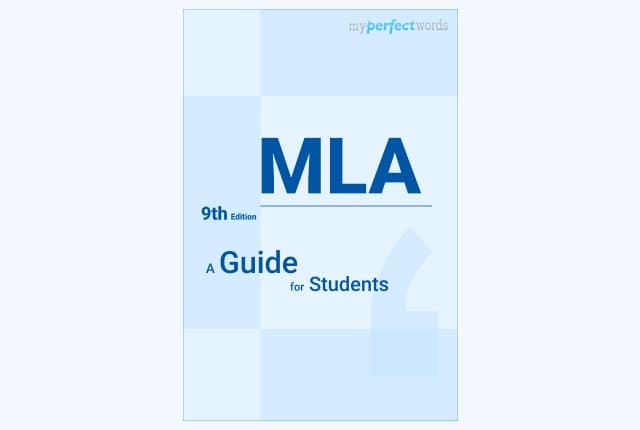
Understanding the APA Format: A Complete Guide with Examples

APA vs MLA | The Key Differences and Similarities
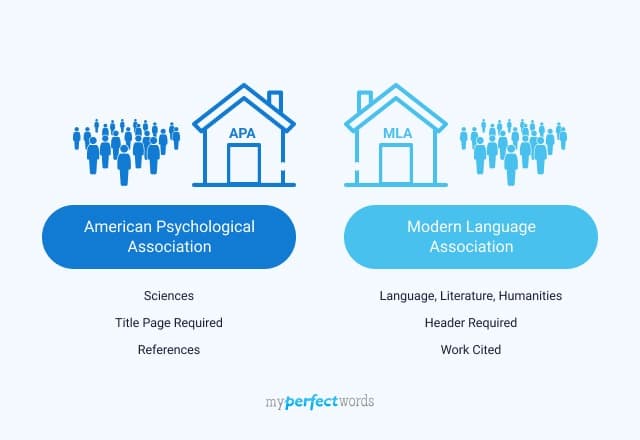
How to Cite in Chicago Style - Examples and Tips
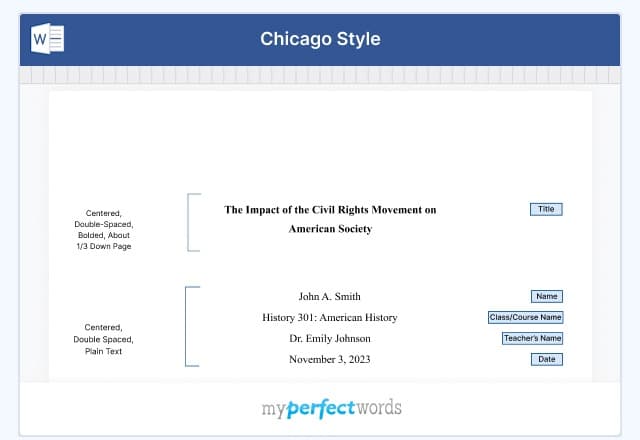
Learn IEEE Citation and Formatting With This Simple Guide

Mastering ASA Format: Guide to Proper Academic Writing
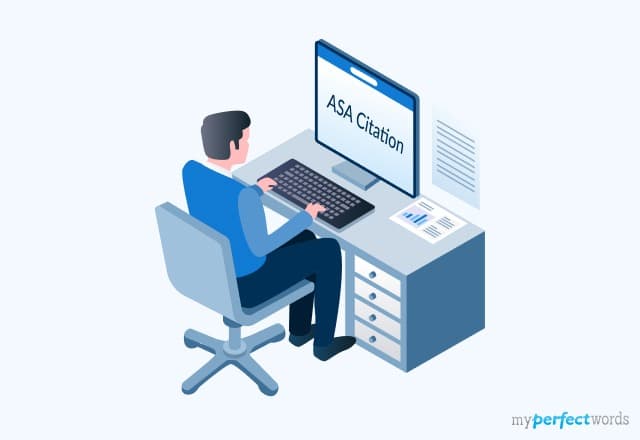
How to do Harvard Style Citation - Format, Citation and Samples

How to Cite in AMA Style - Formatting & Examples

A Detailed ACS Citation Manual for Scientific Papers

How to Master NLM Citation: A Detailed Guide With Tips
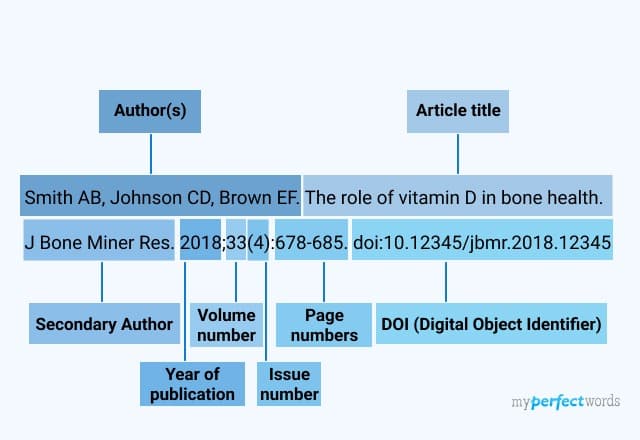
A Complete AAA Citation Guide with Examples

How to Cite in Oxford Referencing Style - Complete Guide
